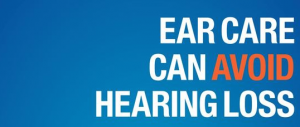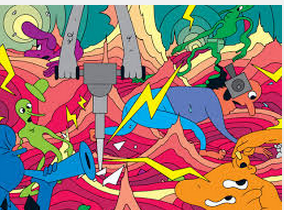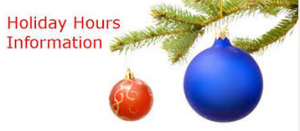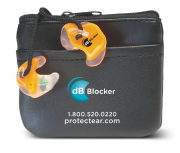The Custom Protect Ear team actively attends ongoing Tradeshow and events in Canada. This is an excellent time to learn more about the dB Suite of Products: dB Blocker, dB Com, dB Life and FitCheck Solo.
Come see us at the following shows. Remember to tweet us and let us know you’re coming. @protectear #peus
April 21-22
Wisconsin Safety & Health Congress
Wisconsin Dells, Wisconsin
Booth #1914
April 28-30
2015 Mohawk Safety Conference
Dalton, GA
May 5-6
Minnesota Safety & Health Conference
Minneapolis Convention Center
Booth 706
May 13-14
Northwest Safety & Health Summit
Red Lion on the River, Jantzen Beach, Portland, OR
Booth #6
May 19-21
2015 Region V VPPPA Conference
Greater Columbus Convention Ctr, Columbus, OH
June 2
Blue Mountain Occupational Safety & Health Conf.
Pendleton Convention Center, Pendelton, OR
June 4-5
Elko Mining Expo
Elko, Nevada
June 16-18
Region IV VPPPA 2015 Safety & Health Conference
Lake Buena Vista, FL
Aug 24-27
2015 VPPPA
Gaylord Texan Convention Ctr, Grapevine, TX
Booth #801
Sept 9-11
2015 Georgia Safety, Health & Environmental Conference
Savannah Marriott Riverfront, Savannah, GA
Sept 28-30
2015 NSC Congress & Expo
Atlanta, GA
Click here to see the Canadian Shows.
VISIT US AND GET CUSTOM FIT SOLUTIONS
Our custom fitting process usually takes about 10 minutes and typically begins with one of our highly trained experts visiting the customer’s plant or workplace in order to do the fitting on-site.
We begin by first inspecting the ear to make sure it’s safe to take an impression. Then an oto-dam is placed inside the ear to protect the eardrum. Impression material is prepared and carefully injected into the client’s ear. The material hardens quickly, and moments later, the impression is gently removed.
The impression creates an exact replica of the wearer’s ear canal and outer ear. This ensures the dB Blocker seals the ear both in the canal and around the ear. Making every dB Blocker unique to the ear it fits.
See our video to learn how to wear your dB Blockers™
Remember * dB Blockers ™ are the hearing protectors you can hear through.
Call us today! CALL 1800-520-0220

 recent roundtable at the
recent roundtable at the 






